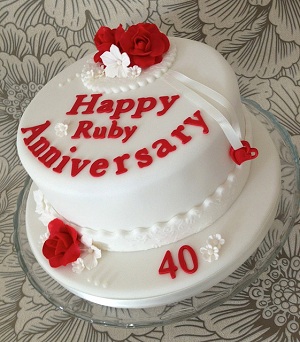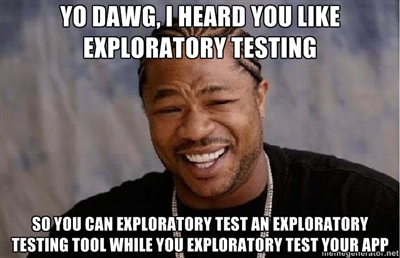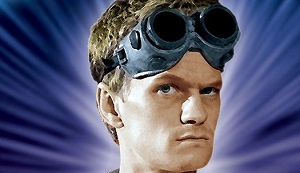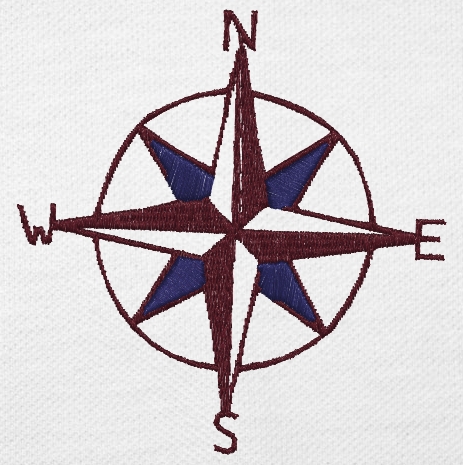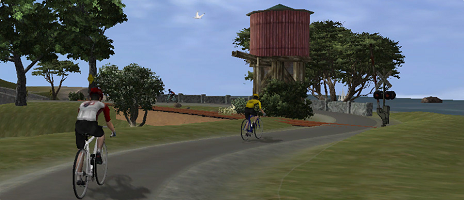Presented as an Emerging Topic at CAST 2012
This was my talk proposal:
I have always thought of myself as an agile tester. After all, my development teams have always delivered features in 2 week sprints. My testing activities included reviewing requirements or stories before the planning meetings to assemble a list of questions and test ideas that I would use to approach the work proposed. I participated in a review before code completion that allowed for some exploratory testing, brief and informal though it may have been at times. In the past couple of years, I also planned and coded test automation.
However, over the past year, I have been transforming from a pseudo-agile tester to a true agile tester. Rather than sitting apart from the software developers in my own quality engineering department, I am now seated in the same room as the other employees from a mix of disciplines who are on my product delivery team. Rather than testing in a silo, I have been gradually increasing the visibility of testing activities through exploratory test charter management, defect backlog organization, and paired exploratory testing with both testers and non-testers. The feedback loops have shortened and the abbreviated time between activities necessitated adjusting how I provide information.
Testers are in the information business. We take the interests and concerns of the business as communicated through the product owner – or in my case the product owner team – and combine those with the needs of the customer as expressed in the story and further augment those with our experience using and analyzing software for deficiencies, abberations, and oddities. We draw upon a variety of resources including the experience and perspectives of fellow testers, heuristics, and product history to approach the goal of delivering a product the customer values, focusing especially on the quality aspects of that value.
Now that the audience for my testing comprises a mix of disciplines and the work environment has shifted from a heavier process to transparent, quick information access, I have been experimenting with different ways to execute testing and to represent the outcomes of that testing activity so that the information consumers understand it in ways that best suit each of their perspectives.
In my brief presentation, we will examine 3 different agile team member personas and their implications for presenting and maintaining testing information as well as the inherent tensions between their distinct and various needs. I will trace my learning curve of adjusting to their needs through the various experiments I have completed in this context, though these lessons extend beyond a purely cross-functional agile product development team.
Other testers will come away with a fresh perspective on viewing their product team members and focus on the value testing artifacts provide to a software development team.


